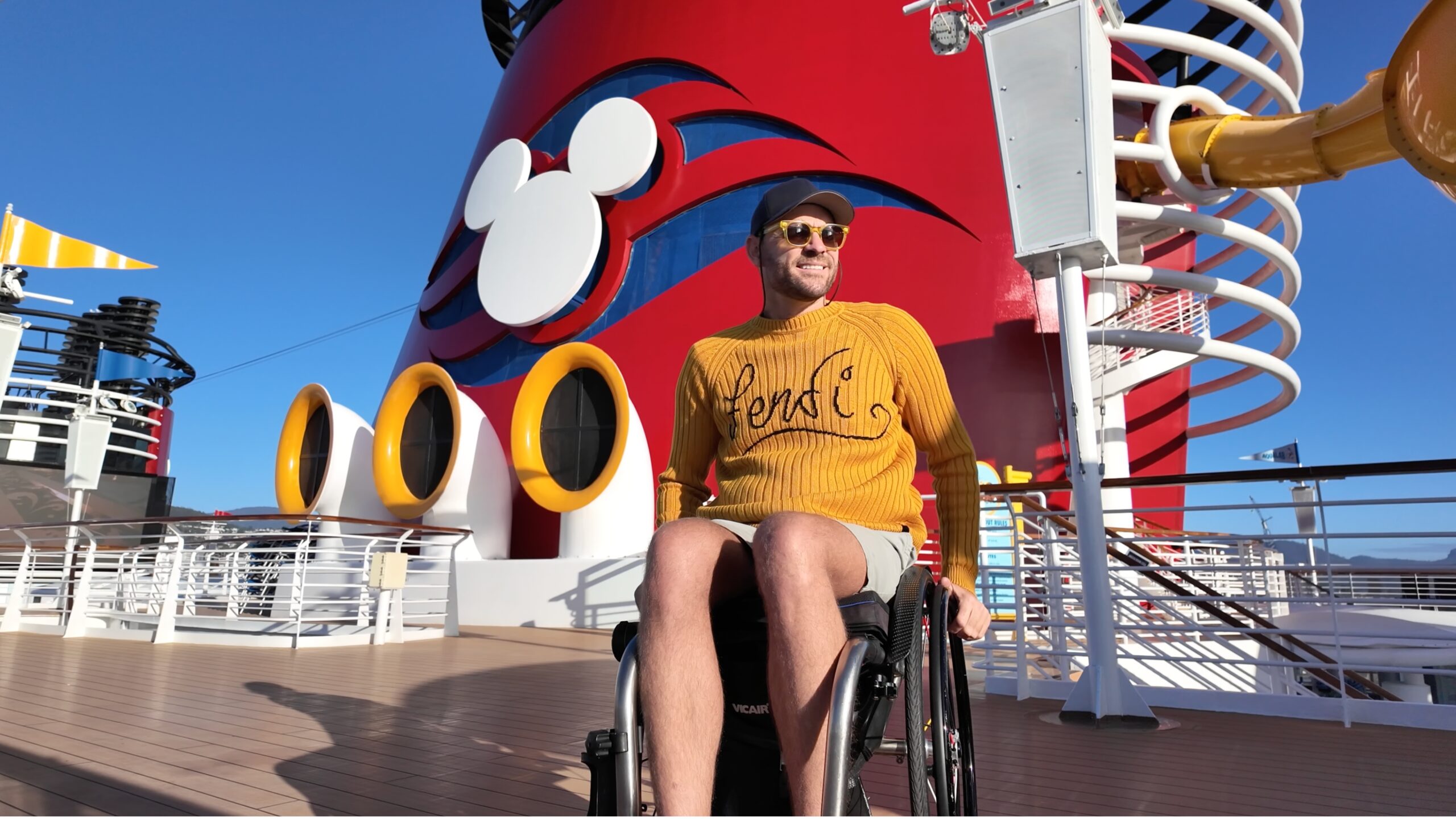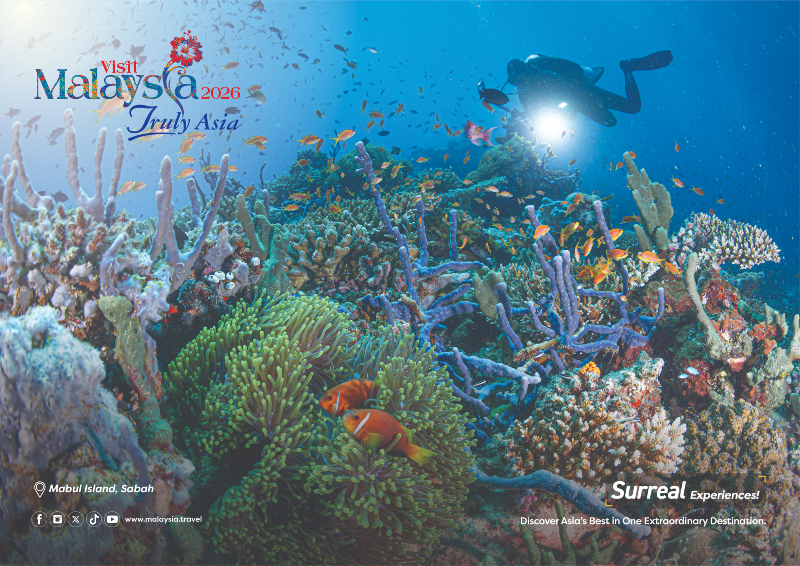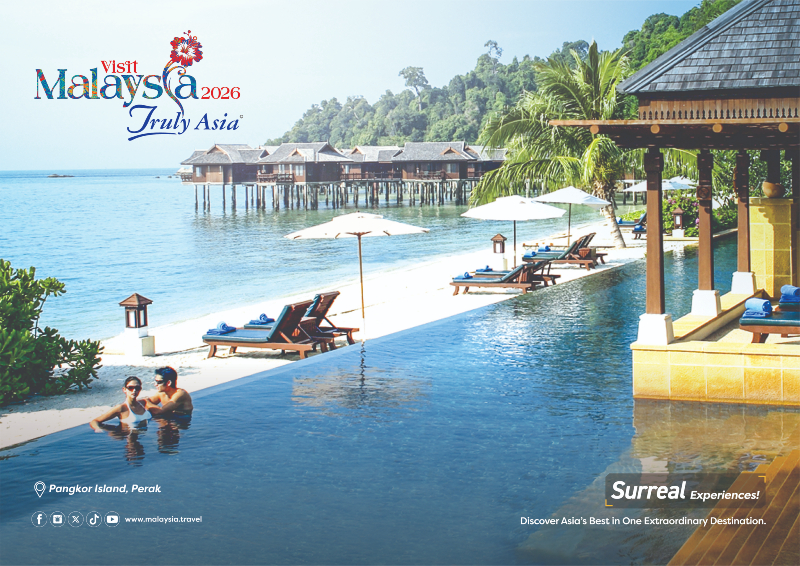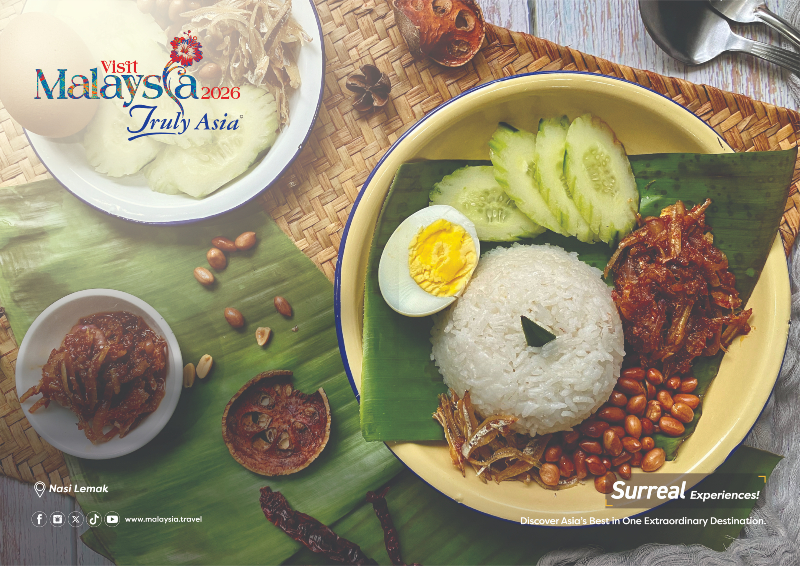There comes a time in most people’s lives when you become aware of your ignorance.
And, while I’m rather embarrassed, I’m also not too proud to say publicly that Ms Cruise Blogger Extraordinaire failed miserably. Let me explain.
When I’m not cruising my favourite pastime is watching cruise content. One night while scrolling, I came across a TikTok of an Aussie man documenting his first ever cruise.
It’s always fun seeing the reaction of ‘virgin cruisers’ so I didn’t swipe up. As this guy’s story unfolded, instead of putting a smile on my face, I very quickly became horrified and heartbroken.
Shane (pictured below), a disability advocate who uses a wheelchair and is an avid traveller, had what can only be described as a terribly traumatic cruise experience.
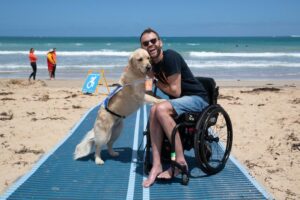 I quickly went to his profile with the hope that there was a follow-up TikTok where he documented a happy end to the story, one where he fell in love with cruising (my goal in life is to convert landlubbers to cruisers) and he sailed the seas in comfort and without any barriers.
I quickly went to his profile with the hope that there was a follow-up TikTok where he documented a happy end to the story, one where he fell in love with cruising (my goal in life is to convert landlubbers to cruisers) and he sailed the seas in comfort and without any barriers.
God, I was so wrong. His TikToks struck a chord with many, many people and before my eyes the views climbed by the million.
What impacted me so profoundly was 1) I felt terrible for this guy and 2) how ignorant I had been to the challenges people with disability face on cruise ships.
For the last 10 years I’ve been creating content from one lens, not taking into consideration what a good proportion of cruisers face.
Are doors too heavy? Are there hoists to enter the pool? And how on Earth does someone who needs to use a wheelchair know if the coach that’ll be taking them on a shore excursion is accessible?
For a decade I’ve been swanning around taking those Instagram-worthy images that show all the fun and beautiful decks and cabins, but not pics of the ‘unsexy’ but desperately important detailed information that people who use wheelchairs and other mobility devices need to know before choosing a cruise.
So, I reached out to Shane, apologised he had such a crappy cruise and literally begged him to give cruising another go. I was certain that with the correct info and some prep his next cruise would be great. And it was (despite a few hiccups).
Since meeting Shane I have been thinking about how the cruise experience is very different if one has a disability.
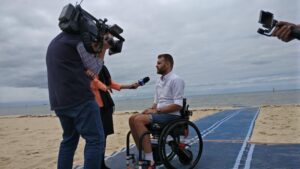 Any seasoned cruiser would know that when on board, a good proportion of cruisers are of a mature age (I know the average age of cruisers is dropping but it’s still in the mature range) and with age comes mobility challenges.
Any seasoned cruiser would know that when on board, a good proportion of cruisers are of a mature age (I know the average age of cruisers is dropping but it’s still in the mature range) and with age comes mobility challenges.
Wrongly I assumed that that means cruising is always an accessible way to travel. Without tarring all cruising with the same brush, cruising IS and also IS NOT accessible.
To see it through the lens of a person who uses a wheelchair, I wanted to really understand what cruising was like and now that Shane had embarked on two cruises, he was my font of knowledge.
Firstly, as a new cruiser, Shane’s biggest observation was that the two cruises he took – on MSC and Disney – were worlds apart and highlighted to him how much work needed to be done across the cruise industry to provide accessibility and inclusion.
Secondly, Shane said that accessibility on cruise ships seems like an “afterthought”. Heavy cabin doors, tight spaces, inaccessible tenders, a lack of communication and a lack of detail before booking were just some of his observations.
And when I asked him about his wish list for cruising for people with accessibility challenges (yes, he has not been put off cruising) there were many, but at the top of that list was more accessible cabins.
“Most ships only have a small percentage of rooms classed as accessible, even though around 20 per cent of the population has a disability,” he said.
 Are there adequate accessible cabins at sea?
Are there adequate accessible cabins at sea?
Shane’s observation was food for thought and it compelled me to take a deep dive into finding out the actual numbers of these ‘holy grail’ cabins.
In my pursuit I contacted a few cruise lines and it was refreshing that they were all very transparent and forthcoming with the information.
You see, this isn’t a witch hunt, outing the oogie boogie cruise monster for their ‘shortfalls’ but rather an information gathering exercise.
The biggest sin for me here is to be made aware of an issue, ignore it and continue on in my very privileged life with no consideration for others.
The responsibility weighs heavily on me with hundreds of thousands of people consuming my content. This doesn’t make me a saint – just a human being who strives to be a decent member of society.
I’ve always said that not all cruise lines are for all people and distilling this further I’ve discovered that not all cruise lines are equal in their accessibility features and offerings.
And that’s okay, for now. The key is to be transparent and provide as much information as possible so that cruisers – of all ability – can make an informed choice. And, for cruise lines to avoid ending up on an unfavourable TikTok with 20 million views.
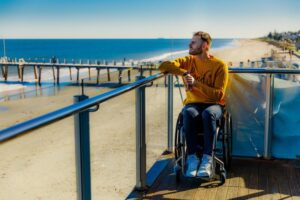 Accessibility Options On Cruise Ships
Accessibility Options On Cruise Ships
This is not an exhaustive list, just a snapshot of what some cruise lines offer. Accessibility options do also vary from ship to ship.
Norwegian Cruise Line
Accessible features in NCL accessible cabins: Wheelchair accessible staterooms are available on NCL ships. Accessible staterooms offer wider floor frames, roll-in showers, shower benches, high-rise toilets and handrails in the shower and toilet area.
Accessible features on NCL ships: Pool lifts on all ships have accessible restrooms in many public spaces.
Princess Cruises
Number of accessible cabins: For ships based in Australia through to May 2027, the accessible cabin count includes:
- 31 staterooms on Crown Princess
- 39 on Royal Princess
- 41 on Discovery Princess
- 29 on Grand Princess
Princess accommodates personal mobility equipment and lists specific guidelines on their website. They also provide a mechanism known as a ‘stair climber’ that is used to assist guests up and down the gangway.
Accessible features in Princess accessible cabins: Princess offers three types of accessible staterooms including fully accessible rooms, fully accessible, single side approach rooms and ambulatory accessible rooms.
Accessible features on Princess ships: Pool lifts on all ships.
Virgin Voyages
Number of accessible cabins:
- 29 on Valiant Lady, Resilient Lady and Brilliant Lady
- 30 on Scarlet Lady
- 14 ambulatory accessible cabins and suites on each ship
Each of Virgin’s Lady ships offer 3% of total cabins that are accessible, including 2% that are fully accessible cabins and 1% that are ambulatory accessible cabins.
Accessible features on accessible cabins: In fully accessible cabins and suites with terraces (balconies), a threshold ramp is provided that enables mobility devices to access the terraces.
Accessible features on Virgin ships: The ship’s common areas, including restaurants and entertainment venues, are designed with ample space and offer accessibility.
Access points throughout the ships accommodate those using mobility devices. Designated seating in entertainment areas for individuals with mobility needs. Virgin Voyages also provides pool lifts and accessible restrooms in all public areas.
My sincere thanks for the inspiration and information go to Shane Hryhorec, Disability Advocate and Founder of Wheel Around The World. Check him out at these various sites:
